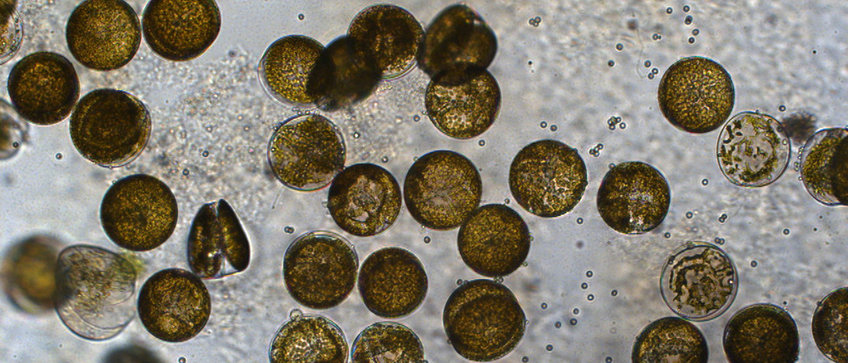
Publications of Kerstin Büchel
All genres
Journal Article (4)
2016
Journal Article
Elm defence against herbivores and pathogens: morphological, chemical and molecular regulation aspects. Phytochemistry Reviews 15 (5), pp. 961 - 983 (2016)
2014
Journal Article
Smelling the tree and the forest: elm background odours affect egg parasitoid orientation to herbivore induced terpenoids. BioControl 59, pp. 29 - 43 (2014)
2012
Journal Article
An elm EST database for identifying leaf beetle egg-induced defense genes. BMC Genomics 13, 242 (2012)
2011
Journal Article
How plants give early herbivore alert: Volatile terpenoids attract parasitoids to egg-infested elms. Basic and Applied Ecology 12 (5), pp. 403 - 412 (2011)
Thesis - PhD (1)
2014
Thesis - PhD
How elms respond to insects egg deposition: Investigation of an ecological phenomenon by chemical and molecular approaches. Dissertation, Freie Universität, Angewandte Zoologie und Ökologie der Tiere, Berlin (2014)